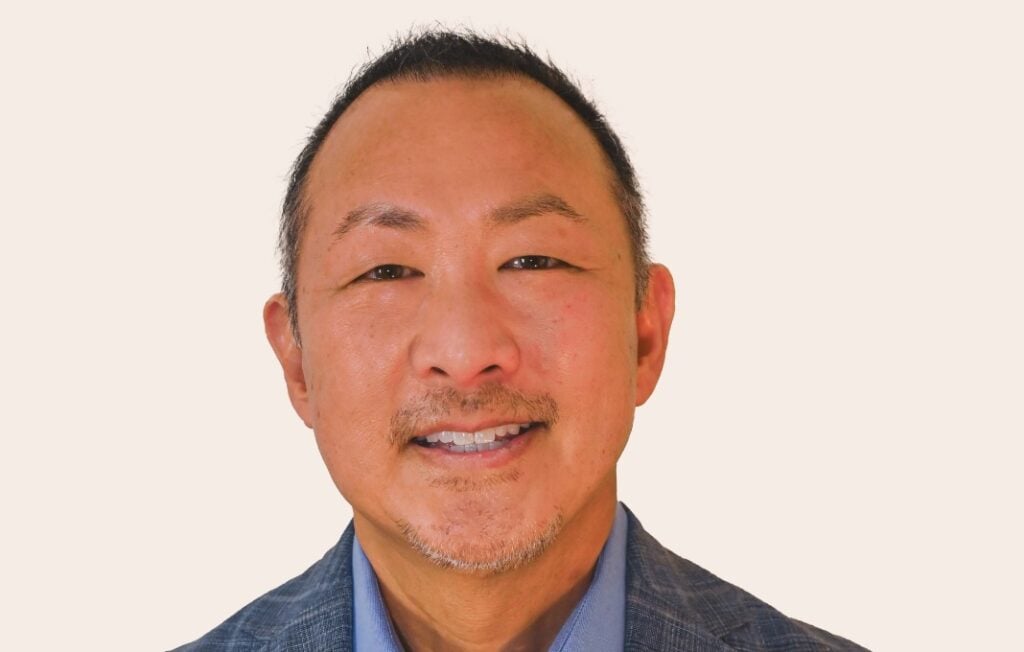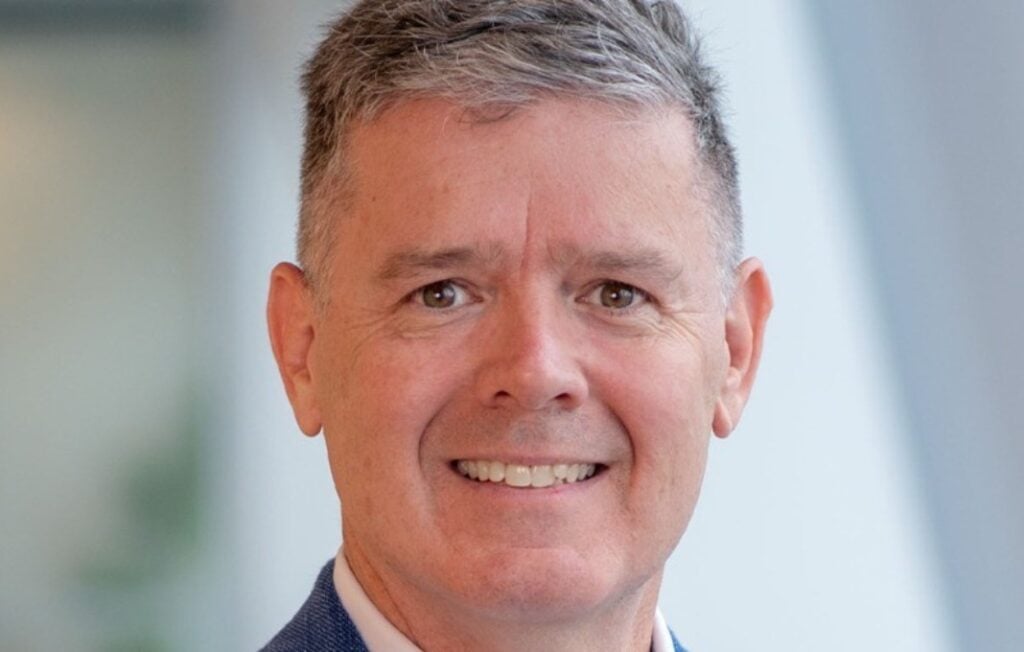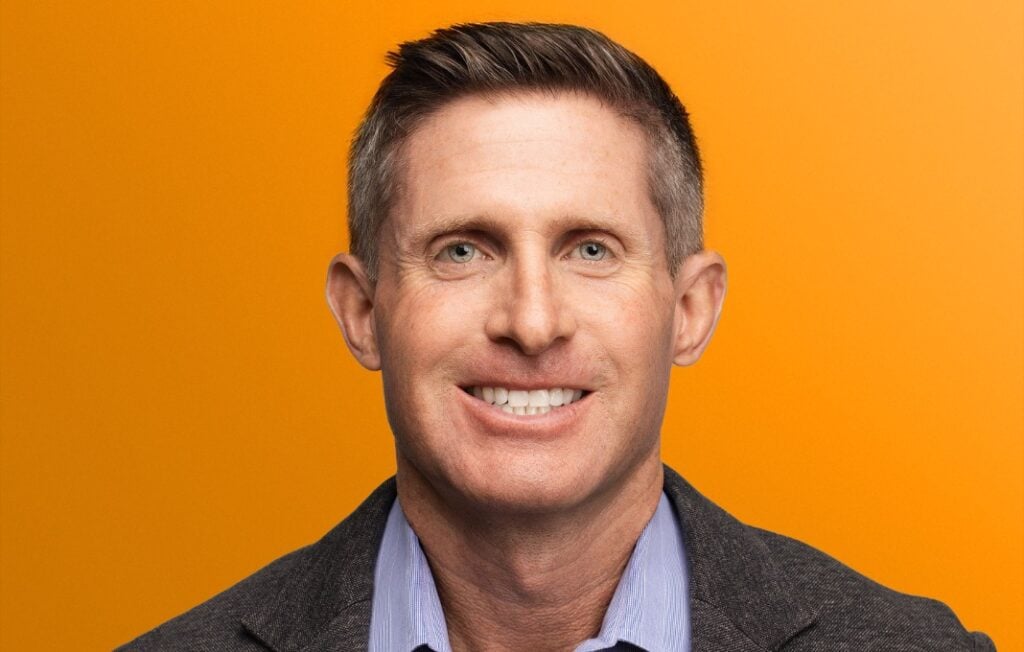Nathalie Grenache came to the realization of how she wanted to lead HR in an organization early in her career, learning about the legendary Ulrich model for human-capital management in one of her first assignments, a quarter-century ago at Pratt & Whitney.
But she had to wait two decades to be able to implement her vision with broad latitude at an organization, when she became CHRO of global healthcare products company Sanofi.
“I’m not an HR professional; I’m a business leader,” says Grenache, who heads HR for the €43 billion, Paris-based organization that makes vaccines and other pharmaceuticals. “I will definitely challenge my colleagues on finance and some other stuff.”
The Ulrich model has had a profound impact since its founding by guru Dave Ulrich several decades ago, emphasizing the need for HR to evolve from a function-oriented approach to a partnership-oriented one. Ulrich emphasizes transforming the role of human resources with a strategic focus, increased collaboration, the development of new competencies such as strategic thinking, and enhanced organizational impact.
That sort of approach, of course, is finding a lot of validation these days as CHROs assert their relevance to leadership and strategy in the modern corporation instead of just carrying out narrow functions and policies with employees.
The Canadian-Swiss citizen was born in Montreal and worked as a lawyer for a few years before realizing she had an interest in business and earning her MBA. She was helping CAE, a maker of flight simulators, with immigration issues and got some responsibility for HR functions. In 1996, she jumped to aircraft-engine maker Pratt & Whitney, where she first learned about the Ulrich model that the company wanted to implement in HR.

“I learned about this thing that’s basically about making HR more of a business partner,” Grenache recalls. “We needed to separate the back office of HR and have people dedicated to that, and have a strategic partner working with HR from a business perspective. I learned from the beginning [of my career] how to make HR more strategic and have the right discussion around that.”
But it would be a while before Grenache could implement her take on the Ulrich model. Her next stops included a position as CHRO for Canada of Air Liquide, a Canada-based provider of gases, technologies and services for healthcare and industry. The company moved her to Dubai to oversee HR for one of four global hubs, where she and her family lived for three years. In 2017, Sanofi poached her to move to France.
A few years ago, Sanofi moved Grenache to become head of people for global specialty care and its $12 billion North American business, which is headquartered in New Jersey. Finally, it was her opportunity to roll out an Ulrich-based business model that she had begun to learn 30 years earlier.
“Funny enough, the model I implemented in 1996 [at Pratt & Whitney], we implemented three years ago at Sanofi,” Grenache says. “There’s a lot of discrepancy and differences in HR organizations, and not everyone is at the same level. So we implemented a modern evolution of the Ulrich model, bringing business partners to the forefront” in a strategic, rather than function-dependent, relationship with human capital management.
One major thrust under Grenache’s implementation of her version of the Ulrich model has been making sure she had the right “business partners,” her name for direct reports, in place to carry out her vision. “We’ve changed 60 percent of the people who are business partners to have the right people,” she says. “Transformation [in business] is daily now. You can’t just do a project for two or three years.
“We need very strong business partners who will be with our leaders and make sure we retain employees, with the right rewards, and have the right capabilities. We basically said that the business architecture we have today isn’t at the right level. We reopened the roles.”
Making the transition was difficult. “There was a lot of change management involved in this,” Grenache says. “You don’t want to lose your best people. On a regular basis, we explained the model to the team, how their roles would be different, where they could bring value to the business and explaining to the business what they could gain from that. We did it pretty successfully. I explained it to my peers as well as our [HR] leaders.
“With that model, we expect leaders and managers to be more involved with their employees and to be more proactive. We need to coach them as well. Our business partners will help leaders find the right talent, but they won’t be the one doing the administrative things for you anymore. [Other leaders] need to be more self-serve.”
A year in, Grenache says, it was pretty clear that the transition to an Ulrich approach was working well both for her charges in HR and, most important, for Sanofi as a whole. “The quality of people we’d brought in [to the HR function], the service level we have with those people, were bringing more value, according to a survey we did” of executives throughout the company.
“And we were able to attract people to my team. They wanted to join the organization. Two people from my team were promoted to more senior roles. It showed that we have the right people, that it was working well and there was engagement.”
Sanofi’s rank-and-file are noticing the changing philosophy behind human-capital management at their company as well, Grenache says. “We conduct lots of discussions with employees, and they’ve been very positive. They see it and feel it. [Recently] we had big meetings to recognize our salesforce performers and our discussions with employees showed that they see everything that’s being done from the perspective of improving their well-being. Through our [employee resource groups], we also have feedback from employees.
“I’ve been in HR so long that when it doesn’t work, you know it. Is it perfect? No. But employees say they see the transformation over the past few years.”
Proof in the pudding: the company’s North American turnover rate has dropped by 3 percent over the last few years “even in a very aggressive [labor] market with a lot of biotechs pursuing” Sanofi employees, notes Grenache.








